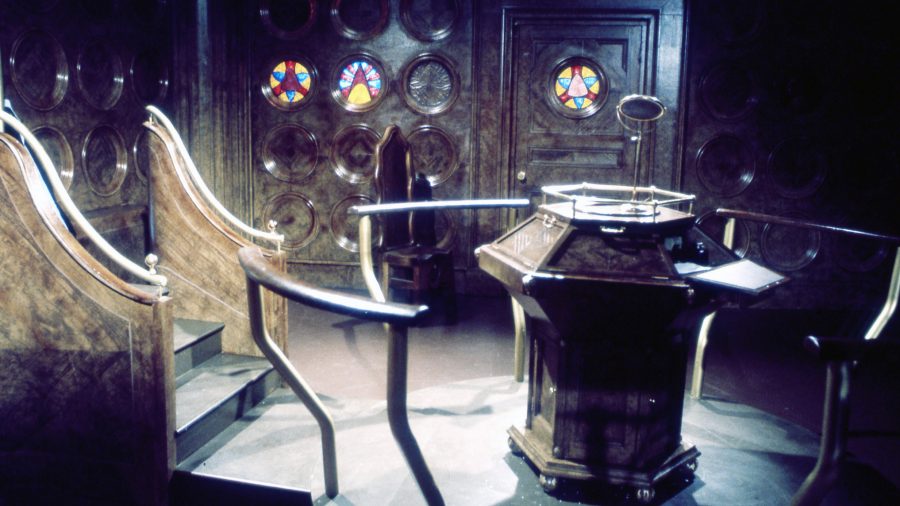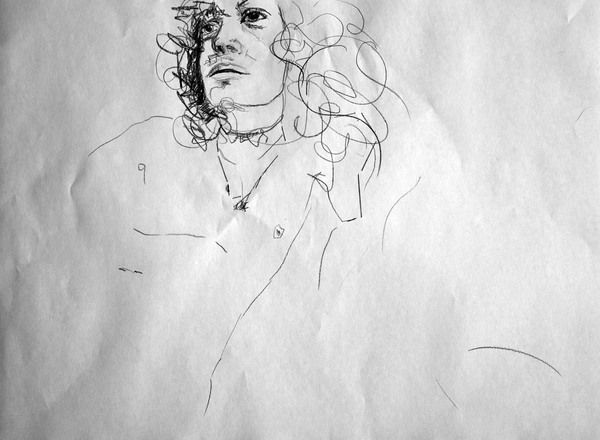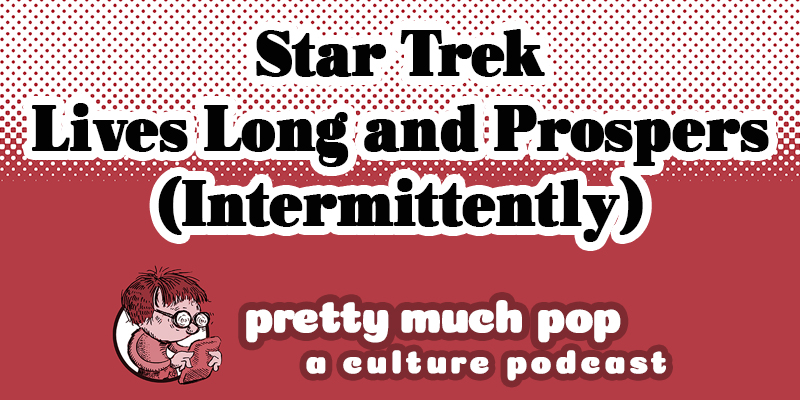The idea of Universal Basic Income (UBI) has been the subject of much debate in the past few years. The candidacy of Andrew Yang for U.S. President brought the issue to national prominence, where it has remained during the spread of COVID-19. What is UBI? Put simply, it proposes that the government give every citizen a certain amount of money each month to cover, at the least, basic living expenses. As the video above by YouTube channel Kurzgesagt explains, those citizens are then free to live their lives as they like.
Unlike most welfare state models, UBI usually does not involve any means testing. In most schemes, every citizen, no matter their current wealth or income, receives the benefit. (Though most studies of the program have only given it to poor or unemployed beneficiaries.) Those who do not need the money can do whatever they want with it, but so too can those who need it. UBI ensures that people do not have go homeless or hungry if they lose their livelihood, and that they can survive without paternalist state agencies breathing down their necks.
UBI is not a new idea but dates back at least to Thomas Paine, whose Common Sense inspired the American Revolution and whose Rights of Man defended the French a few years later. As Paine argued in another, little-read, pamphlet, Agrarian Justice, no one could be truly free if they had no means of subsistence. Since capitalism had placed most of those means under private ownership, he reasoned, citizens should be compensated for being deprived of resources that belonged to them by natural right as much as to anyone else.
This philosophical justification doesn’t always enter into the conversation, which is often framed in more pragmatic terms as a political and economic expedient in times of capitalist crisis: in times, for example, like the present moment. The COVID-19 crisis has intensified calls for a UBI, as millions of layoffs point toward the inevitability of a depression. Pushing people back to work during the pandemic seems to be the only thing the U.S. government plans to do, but no amount of coercion can stop the virus from forcing closures all over again.
Even the famously libertarian economist Milton Friedman once embraced a version of UBI—as an alternative to the liberal social programs he loathed. Under Richard Nixon, of all people, such a policy almost came into being in 1969. Neither Friedman nor Nixon believed in the natural right of all citizens to a share in the profits of a state’s natural resources. But they could see the wisdom of ensuring millions of U.S. citizens weren’t relegated to living in destitution.
The program required testing, so the administration set up a trial run. “Tens of millions of dollars were budgeted to provide a basic income for more than 8,500 Americans” in five states across the country, writes Rutger Bregman at The Correspondent. Researchers wanted to know: 1. if those who received a basic income would work significantly less, 2. if the program would be too expensive, and 3. if it would prove “politically unfeasible.” The findings? “No, no, and maybe.”
The chief objection, idleness, held no water. As the chief data analyst for the Denver experiment put it at the time, “The ‘laziness’ contention is just not supported by our findings.” The two groups who did cut back on hours, 20-somethings and mothers of young children, were people who most needed the money so they could go to college or devote time to their kids. Otherwise, recipients did not quit their jobs and lay around watching TV.
Yet there remains a powerful species of human busybody who cannot rest until they’re sure everyone’s working. Such people continue to object—whether in good faith or not—that “just giving people money” will turn everyone into a slacker, as though most people were only motivated by the threat of starvation. And so, trials continue decades later. Researchers at the University of Helsinki recently conducted a two-year study in Finland with a random selection of 2,000 unemployed people across the country. Each participant was given €560 (about $607) a month to ease their burden, and received the funds whether or not they sought or found a job.
“The scheme was not strictly speaking a universal basic income trial because the recipients came from a restricted group and the payments were not enough to live on,” points out Guardian correspondent Jon Henley. Nonetheless, the researchers found that recipients were significantly less stressed than a control group—and that they could make different choices than they might otherwise. “Some said the basic income allowed them to go back to the life they had before they became unemployed,” the study authors write. “While others said it gave them the power to say no to low-paid insecure jobs, and thus increased their sense of autonomy.”
Other findings also showed how UBI could radicalize our relationship to work. “Freelancers and artists and entrepreneurs had more positive views on the effects of the basic income, which some felt had created opportunities for them to start businesses.” People providing unpaid care for others felt their time was more valued. “The security of the basic income allowed them to do more meaningful things, as they felt it legitimized this kind of care work.” The findings are being taken seriously by many European governments.
In Spain, Scotland, and elsewhere, leaders are proposing or considering some form of UBI to combat massive unemployment due to the pandemic. While the idea may have little political future in the U.S. at the moment, where priorities are to use the country’s wealth to further enrich the wealthy, UBI is becoming tremendously popular elsewhere. (A recent poll found support among 71% of Europeans surveyed.) No one believes UBI is a panacea for the world’s ills, but as the Wired video above argues, there may be no better time than now to make the case for it.
Related Content:
Hear Alan Watts’s 1960s Prediction That Automation Will Necessitate a Universal Basic Income
Josh Jones is a writer and musician based in Durham, NC. Follow him at @jdmagness












